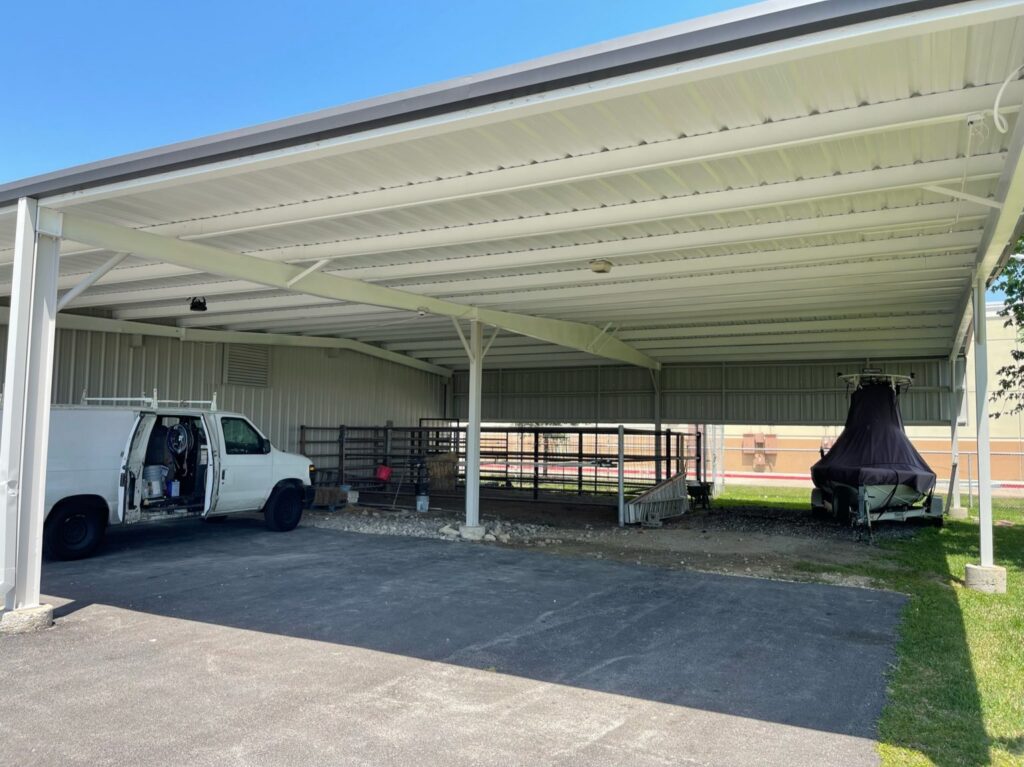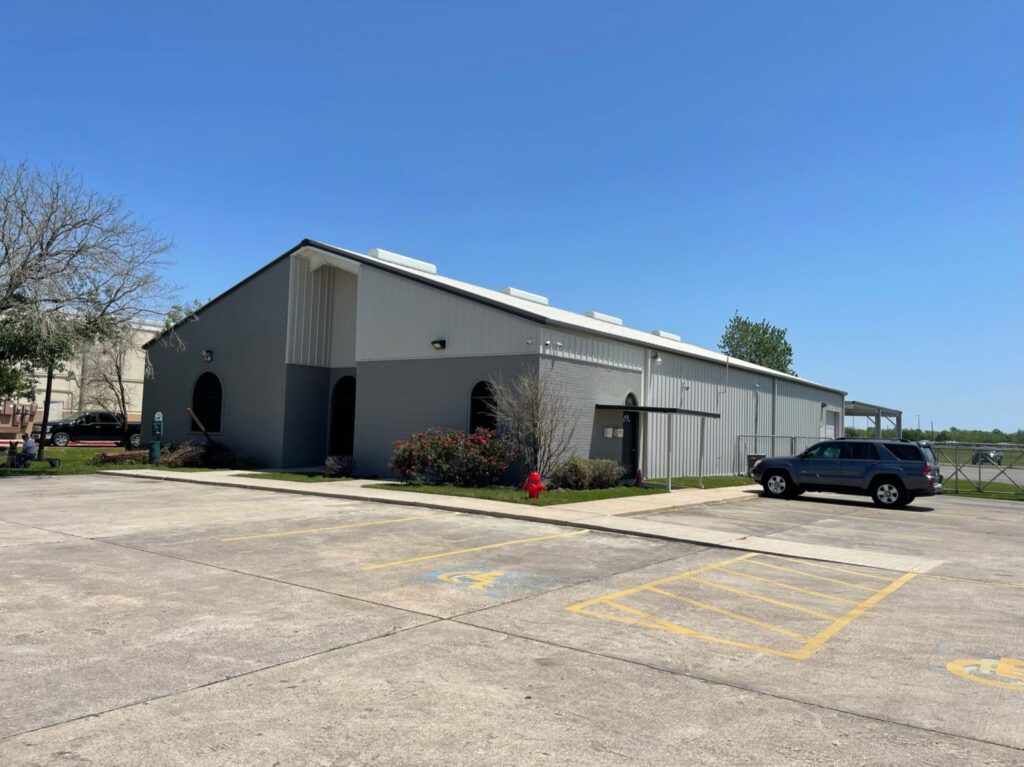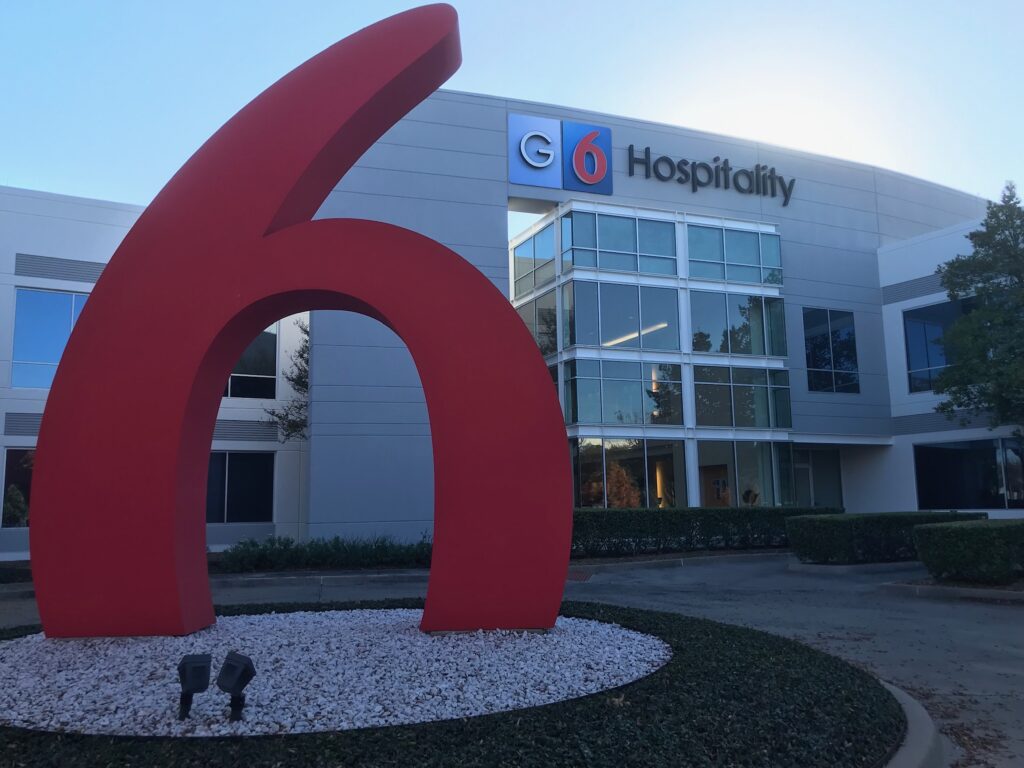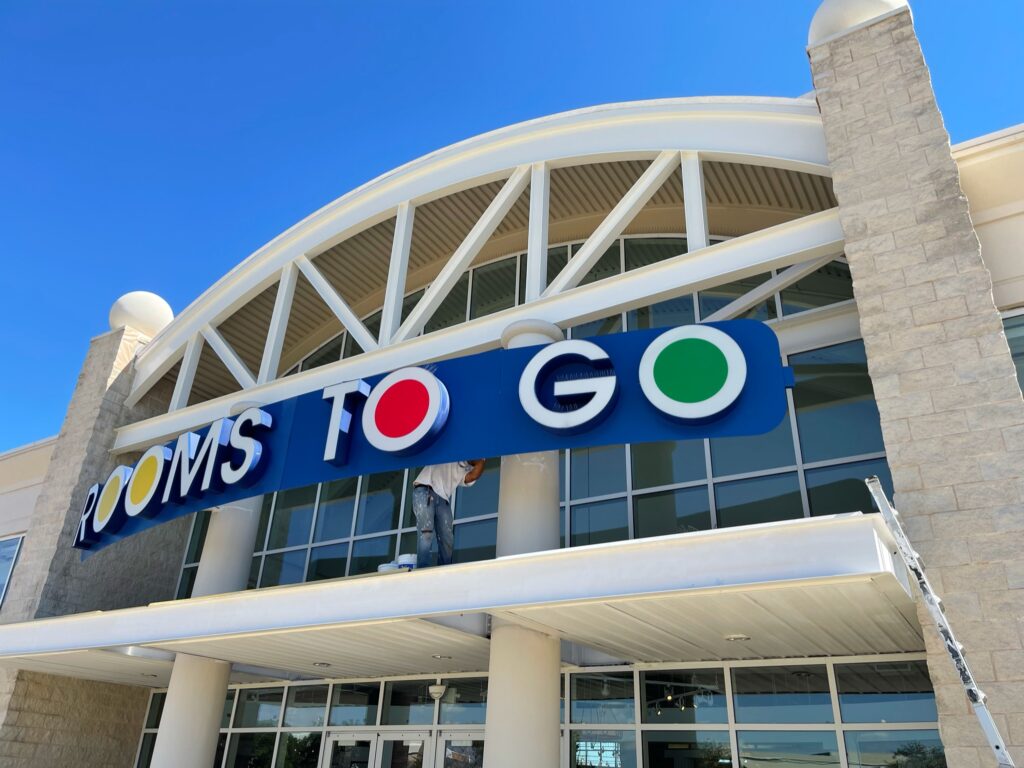When it comes to industrial equipment, an unseen menace can lurk beneath the surface. Corrosion Under Insulation (CUI) is a silent destroyer that often goes unnoticed until it’s too late. This insidious form of deterioration occurs when moisture becomes trapped between insulation and metal surfaces, leading to rapid corrosion. Despite its devastating potential, CUI is frequently overlooked in routine maintenance. Industries like oil and gas, chemical plants, and refineries are particularly vulnerable to its effects. Addressing CUI through proactive measures, including industrial painting, is will help to extend equipment life and protect operational safety.
The Costly Consequences of Unchecked CUI
Corrosion Under Insulation (CUI) can silently wreak havoc on industrial equipment, leading to catastrophic failures when left unchecked. In 2019, a major refinery faced a month-long shutdown due to a CUI-induced pipe failure, resulting in losses exceeding $100 million. Incidents like these can incur steep repair costs while triggering production losses and potential safety hazards.
The long-term effects of CUI on asset reliability and operational efficiency can be devastating. Equipment degradation accelerates, leading to frequent breakdowns and increased maintenance needs. Moreover, CUI-related leaks pose significant environmental risks, potentially resulting in hefty fines and damage to a company’s reputation.
Creating a Protective Barrier
Specialized industrial coatings serve as a formidable shield against moisture penetration, the primary culprit behind corrosion under insulation (CUI). These advanced protective systems come in various forms, each tailored to combat specific environmental challenges. High-performance industrial paints designed for CUI prevention boast key characteristics such as exceptional moisture resistance, temperature tolerance, and flexibility.
Proper application techniques make for optimal CUI protection. Surface preparation plays a direct part in the effectiveness of the coating for strong adhesion and uniform coverage. By meticulously cleaning and treating the substrate, technicians create an ideal foundation for the protective barrier to perform at its best.
Proactive Strategies for CUI Prevention and Repair
Effective CUI prevention begins with vigilant inspection protocols. Non-destructive testing methods, such as ultrasonic thickness measurements and radiographic examinations, are often relied on when identifying hidden corrosion. The frequency of these inspections should be tailored to each facility’s risk profile, focusing on areas prone to moisture accumulation.
Key inspection targets include pipe supports, valves, and areas with damaged insulation. Thermal imaging has emerged as a valuable tool for detecting moisture intrusion, allowing technicians to pinpoint potential CUI hotspots quickly. Meticulous documentation of inspection findings when tracking problem areas and developing targeted maintenance strategies is highly recommended.
The Long-Term Benefits of Protective Coatings for CUI Mitigation
Implementing effective protective coatings for Corrosion Under Insulation (CUI) mitigation yields substantial long-term advantages. Organizations can significantly reduce the frequency of equipment replacement, leading to lower maintenance costs over time. These coatings enhance workplace safety by preventing leaks and improving regulatory compliance. Moreover, they contribute to increased operational reliability and uptime, making for more smooth and efficient operations in industrial settings.




